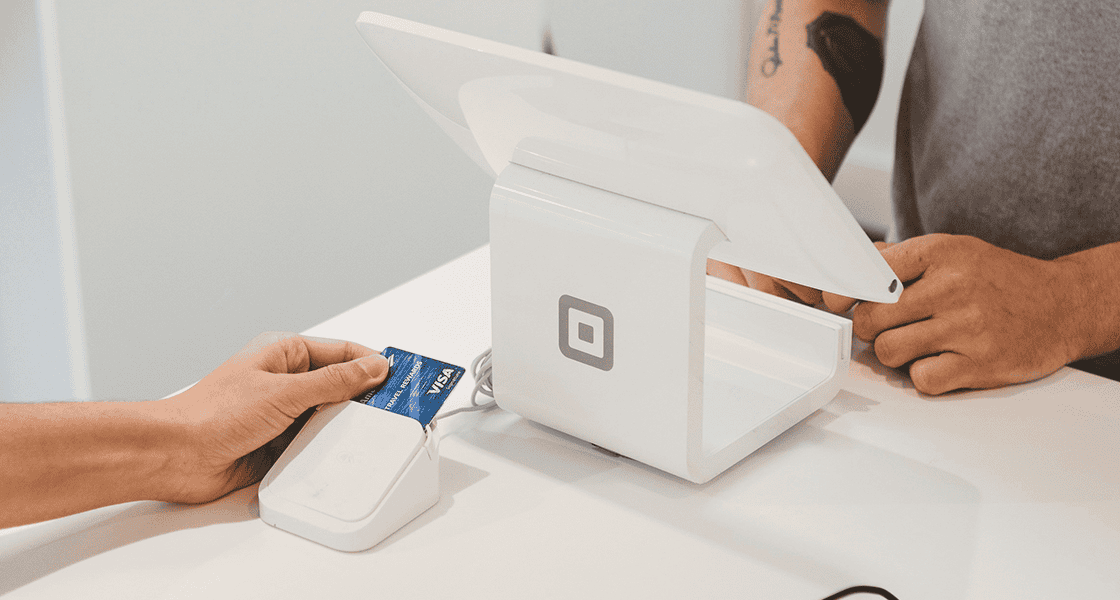Retail & Distribution
POS Software: Where to Go From Here
27 July 2017
As seen on RIS News. Interview with Sylvain Jauze, International Operations Director, Cegid Group
Shoppers today flow seamlessly between the online world and physical stores. Providing smooth transactions everywhere however, requires POS technology that can seamlessly meet demand, while simultaneously delivering associates consumer data across all physical and digital touchpoints. New POS software requires retailers to glimpse into their future and make sure their platform can support not just the digital evolution, but their own projected growth over at least a five-year horizon, which brings software scalability into question.
While future-proofing POS systems is important, so is maintaining or creating a single customer profile that follows them as they move between channels. Making personalized suggestions during the last mile of the shopper’s journey can drive sales. So can having accurate stock. Before visiting a store, shoppers want to know the item they’ve researched online is available and they aren’t wasting a trip. Accurate inventory management across all channels is vital to keep customers loyal. And of course, once in the store shoppers don’t want to waste time waiting in line. A POS that provides the same instant gratification that online shopping does is necessary, as is having unified commerce capabilities such as buy online and pickup (or return) in store, reserve online and pay in store, and ship-to-home. Read on to learn the latest on the future of POS software.
In today’s omnichannel era, your first moment of truth with your shopper is online.
Q1: What should retailers be looking for in scalability and expansion capabilities for new POS software?
While adopting a solution with the flexibility to accommodate evolving omnichannel shopping requirements is important, we also recommend considering the following elements: 1) a modular platform that allows you to decide which modules are deployed across your environment 2) scalable architecture that supports your company’s growth; and for retailers sustaining or expanding into new markets 3) an international POS system supporting multi-country, multi-currency transactions, languages and taxation rules can make a big difference. To accomplish this cost-effectively, cloud deployment models are ideal. They can help meet retailers’ needs for extensibility, speed-to-market, speed-to-value and support on a global scale, without extensive capital investments. Finally, choosing a software vendor committed to continuous improvement and an open ecosystem can help to “future-proof” POS software.
Q2: What next-gen POS capabilities are required for retailers to capture customer data for use in loyalty and promotional programs?
The static, uncoordinated customer data that has been traditionally collected by retailers is no longer sufficient to maintain meaningful relationships with shoppers. In fact, retailers need to have rich insight into customers’ in-store and online shopping and social media behavior to serve their unique requirements. This is where next-gen POS comes in: it facilitates informed selling and personalized customer engagement. This can translates into the adoption of clienteling solutions to engage shoppers anywhere in the store, managing the shopping experience from product discovery and research all the way through tendering. This allows sales associates to become more consultative in the sales approach, giving them more feedback, which further enriches their customers’ profiles. Used successfully, this method fosters loyalty and optimizes promotional programs by enabling associates to make highly relevant and personalized suggestions during the last mile of the shopper’s journey. Intelligent suggestions made at this time have proven to have a high conversion rate.
“To provide a unified commerce experience, modern POS software must be based on a digital platform that unites formerly disparate systems, sending and receiving data and providing associates with a real-time and complete view of products, customers, stock, and more.”
Q3: How is the need to have visible and accurate inventory at associate and shoppers’ fingertips redefining the POS space?
In today’s omnichannel era, your first moment of truth with your shopper is online. Before visiting your store, they want to know where to buy and what stock is available. That said, don’t forget your sales associates. They need to easily find available stock, too. If you are out of stock in one store, they can find it at another location or at your distribution center. This way, they can meet shoppers’ expectations and save the sale. That’s why retailers can no longer rely on last night’s snapshot. To stay ahead, modern POS technologies provide accurate and real-time visibility of inventory across the chain, giving a holistic view of all demand (online and offline) and enabling “fulfill anywhere” scenarios.
Q4: How can POS software help retailers provide a seamless unified commerce experience?
While there’s no denying the power of online retailing, customers continue to shop in physical stores. That said, more than 50% of store sales are influenced by online interactions. That’s why the physical location is becoming the point of convergence for omnichannel operations, including buy online and pickup (or return) in store, shop from store, reserve online and pay in store, ship-to-home, etc. To provide a unified commerce experience, modern POS software must be based on a digital platform that unites formerly disparate systems, sending and receiving data and providing associates with a real-time and complete view of products, customers, stock, and more. An open, mobile and cloud-connected POS platform makes this possible and puts retailers in the best position to personalize interactions with their shoppers.


